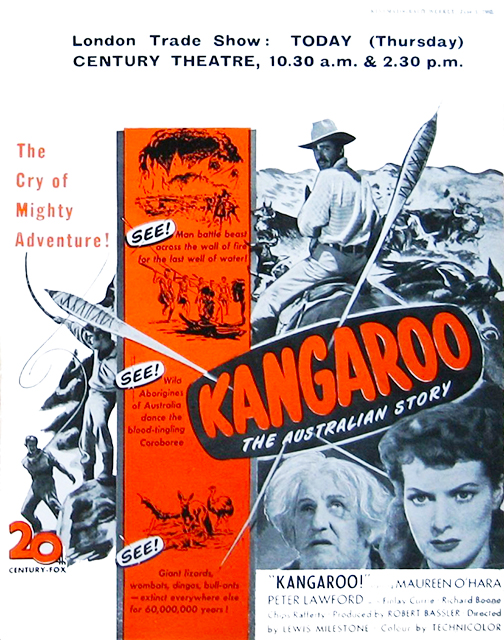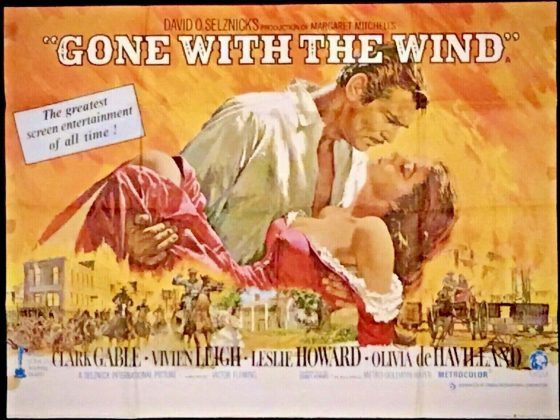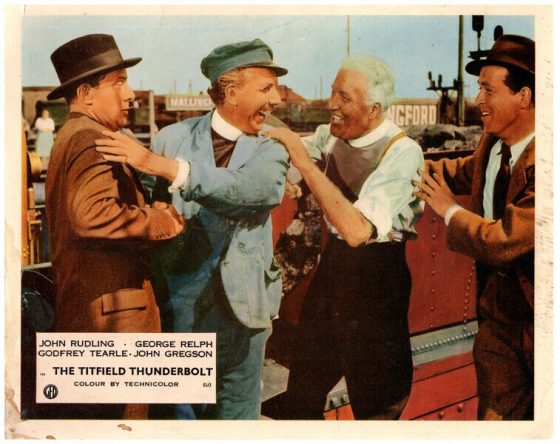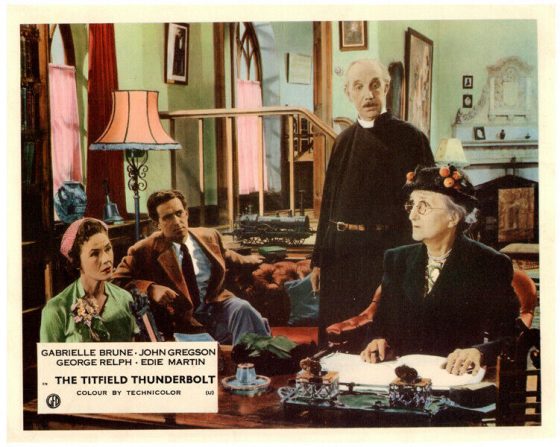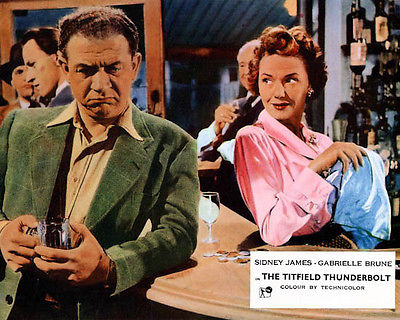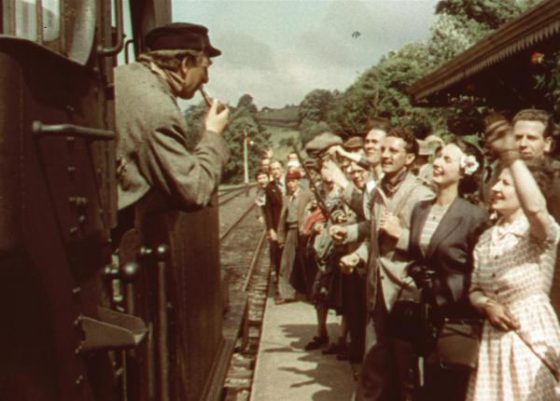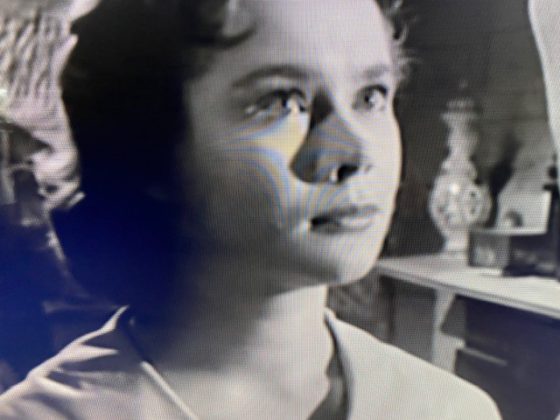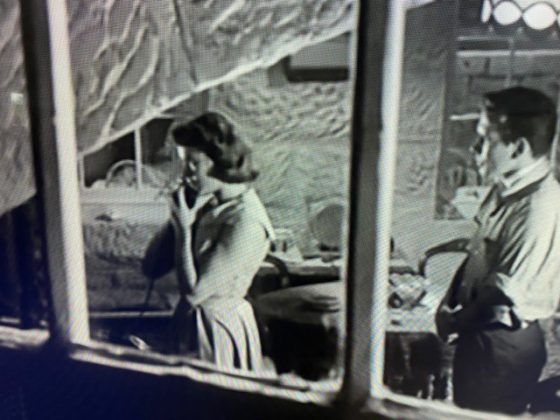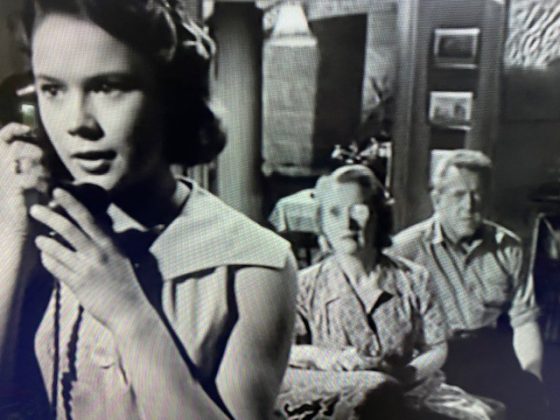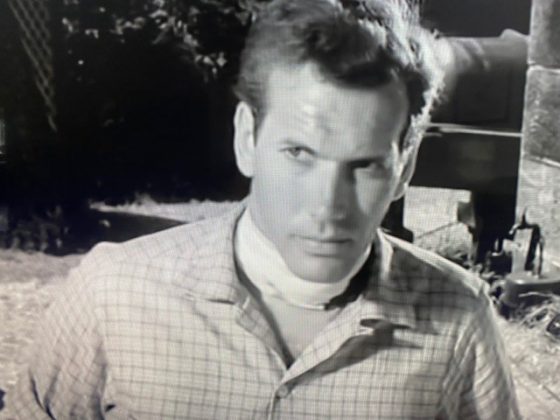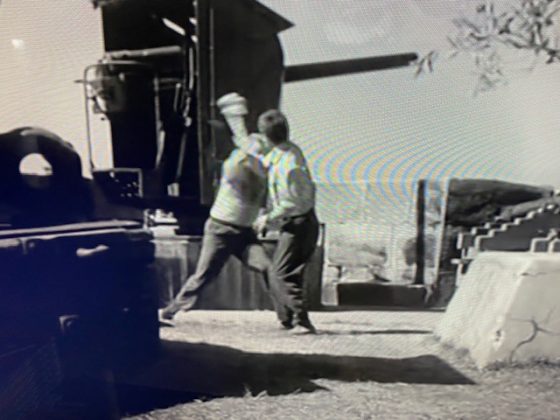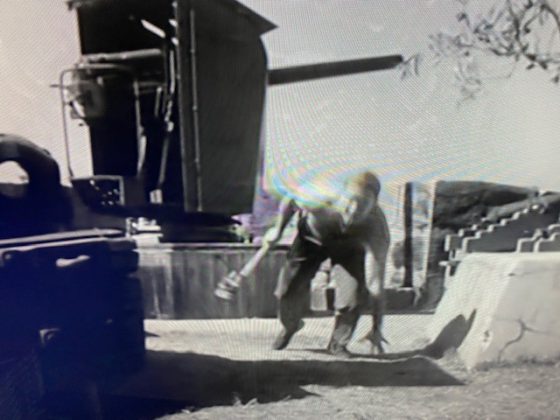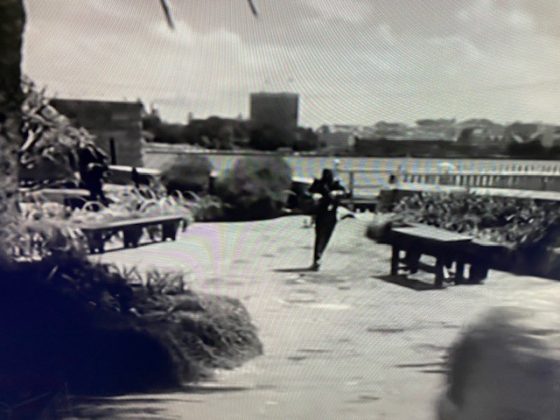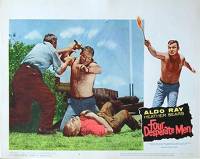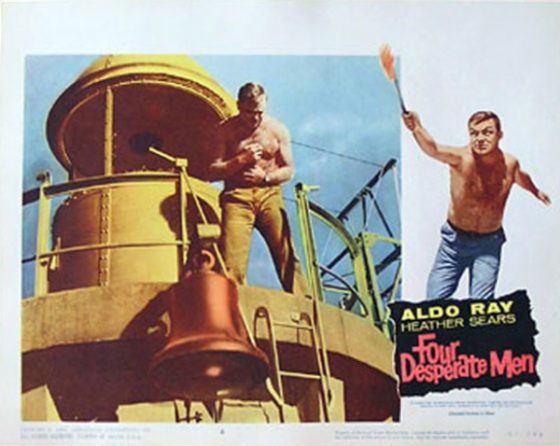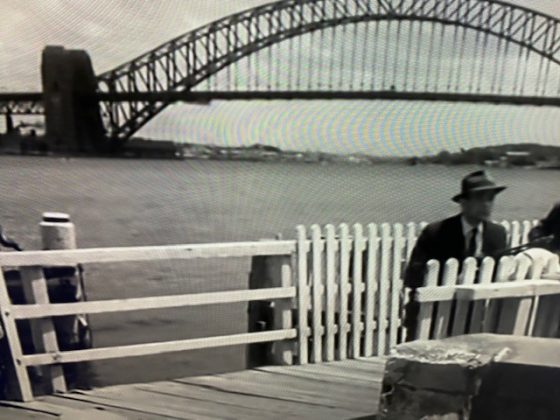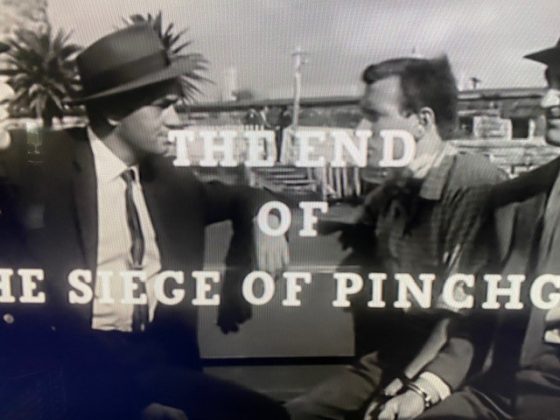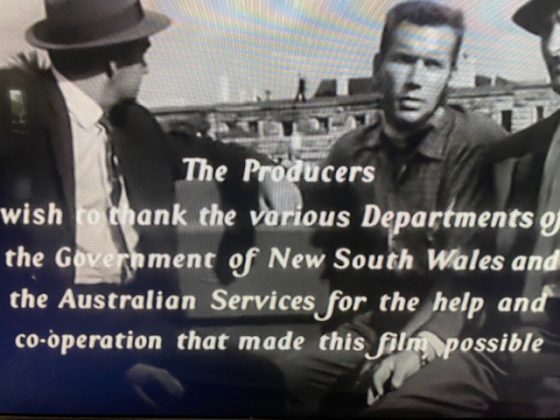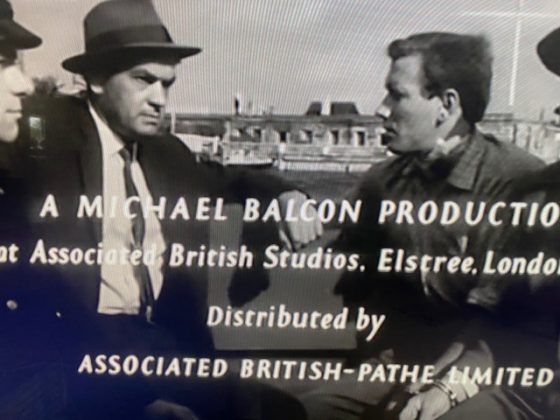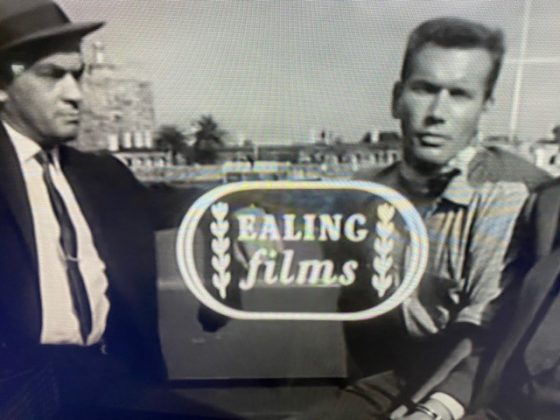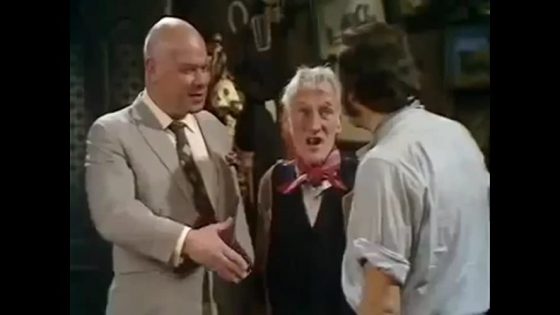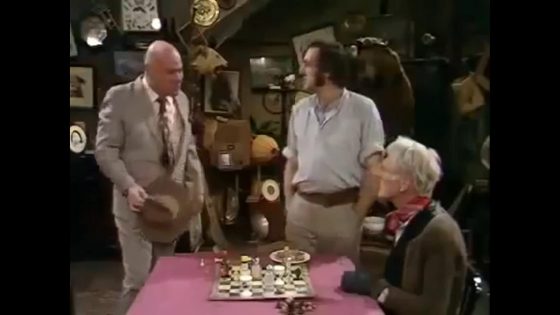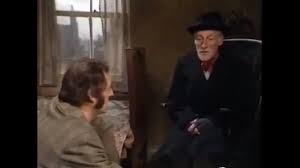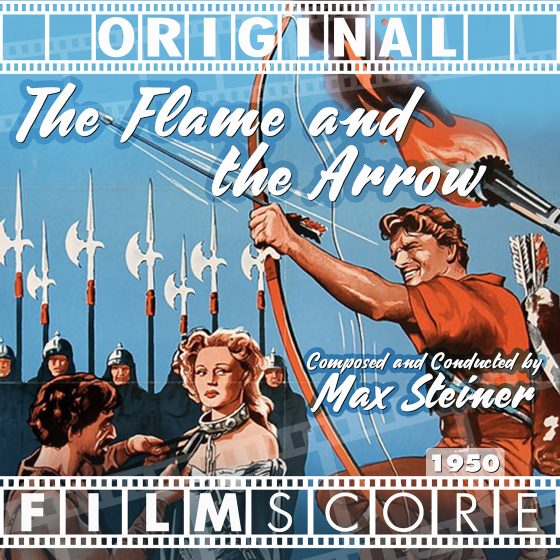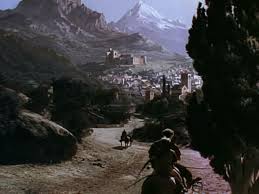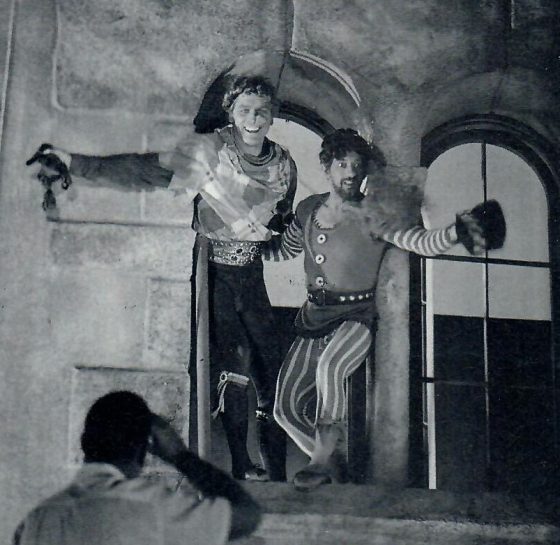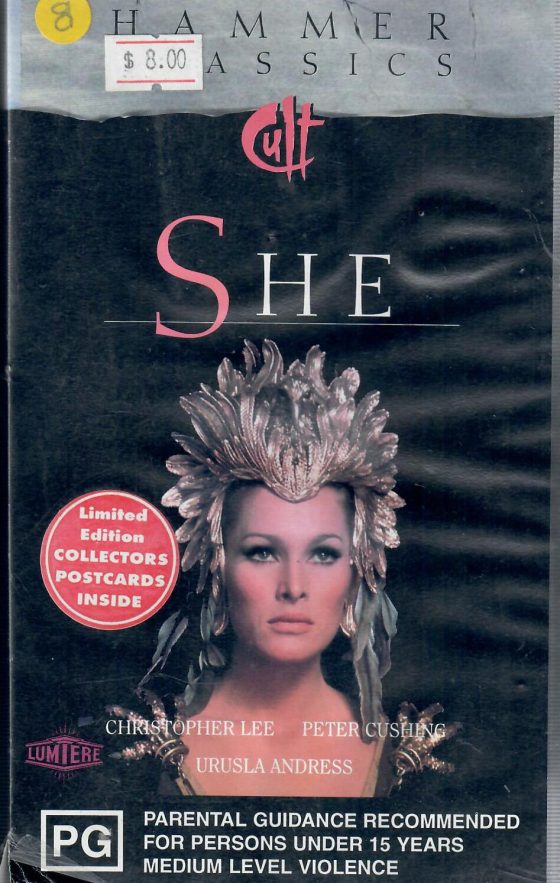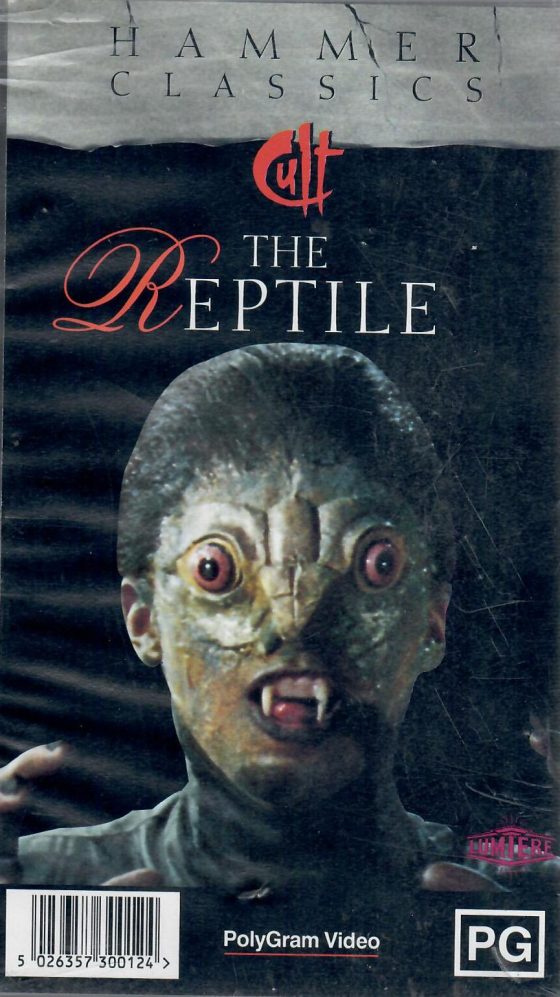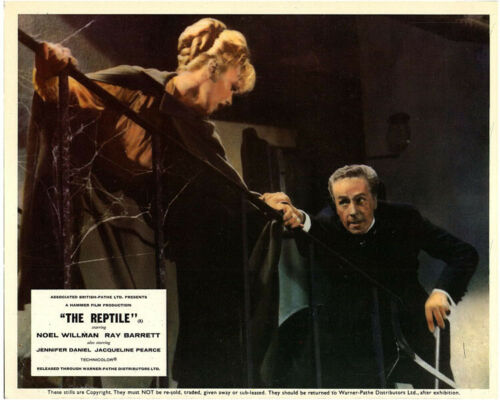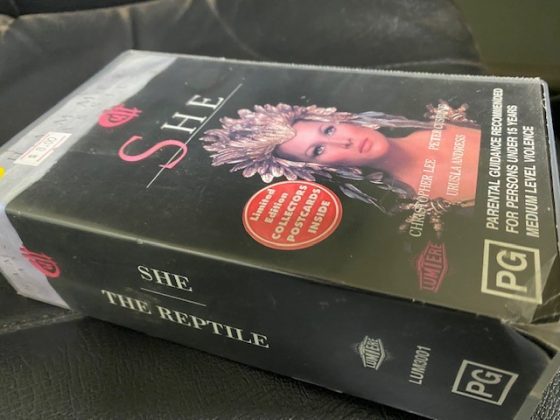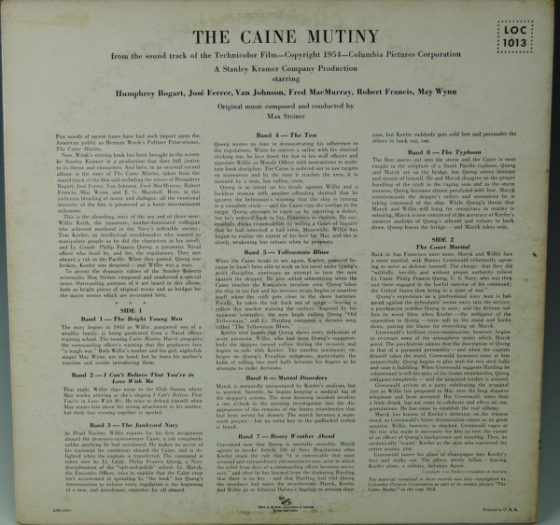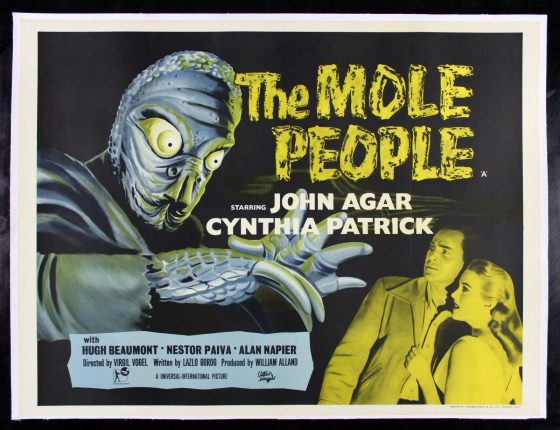I started to plan an article on here about the 1954 film ‘Svengali’ mainly because it gave a starring role to one of my favourites – Donald Wolfit but I got led down another path – something I did not know at the time, was that Robert Newton was cast in this role until he walked out, or was asked to go, and this happened after filming had started.
He went straight away out to Australia to make the film ‘Long John Silver’
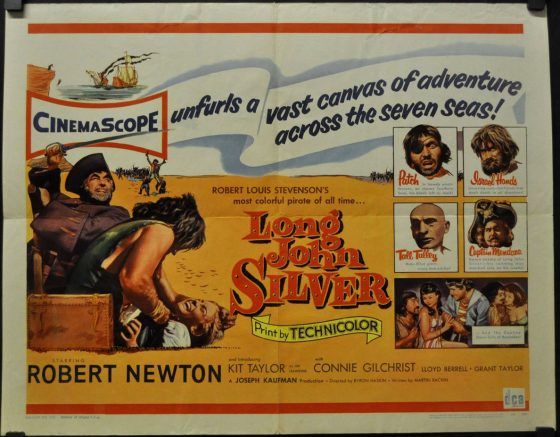
Possibly one reason for his rapid exit was that he was being pursued by the Inland Revenue for back tax
We now cut to Australia and in early 1954, a world away from the dense urban spread of today’s Sydney there was Pagewood, Australia’s only purpose-built film studio complex – and it was there that “Long John Silver”- a Hollywood style blockbuster was to be made.
Australia’s first film in Cinemascope and Technicolor. If you view the film now online it is one of the very wide screen Cinemascope films that I love – and very impressive.
I have read also that the film had to be flown back to Denham in England for processing and then sent back. Also each film was shot twice – so that smaller cinemas could show the film – cinemas who had not as yet installed the new equipment.
The UK based Ealing Studios had re-opened Pagewood Studios after the war and did an expensive refurbishment. Following several feature productions, the studio closed down yet again in 1952. The closure didn’t last long:
Treasure Island Pictures was formed.
This film would capitalise on the success of ‘Treasure Island’ the Disney 1950 version – and more particularly on the fact that Robert Newton was to take on the role that he had made his own. Without him there would have been no film.
The film would be followed by a 26 episode television series called “The Adventures of Long John Silver” with the same main cast and, broken up into self-contained tales of some 25 minutes each; It was to be a huge and exciting project that would take 3 years to complete and would reportedly cost over one million pounds overall – possibly the equivalent of Aus. $20 million in today.
‘Treasure Island Pictures’ was an independent partnership headed up by the experienced Americans, Producer Joseph Kaufman, Screenwriter Martin Rackin and Director Byron Haskin – who had made such a good job of directing ‘Treasure Island’ at Denham in England for Walt Disney.
However it was Robert Newton who was the vital cog – he was a gifted and colourful English Shakespearean actor who was also an alcoholic!
He excelled in this role, though he had played Bill Sikes in the David Lean version of ‘Oliver Twist’ among many other film and mainly Theatre parts. He was an accomplished actor – right out of the top drawer
One good thing came out of this picture – the crew and cast had greatly benefited from the opportunity to develop their skills on both the film and the series and many continued on to other films shot at Pagewood before its enforced sell-off to Holden Motors in 1959.
It could also be said that the entire Long John Silver adventure trained and developed a core of dedicated film technicians who helped create the foundations for the Australian film renaissance of the 1970s – for instance it gave a start in films to actor Rod Taylor, camera operator Ross Wood, and of course the production designer Bill Constable.

Back to Robert Newton -On Sunday March 25th, 1956, barely a year after returning to California from Australia, he died on his lounge room floor in front of his 4th wife with whom he was attempting a reconciliation. He was 50 years old.
In the last year though he had appeared in two very successful films ‘The High and the Mighty’ and ‘Around the World in 80 Days’
His brilliant appearances on stage, his memorable Shakespeare roles, his decades of subtly nuanced film performances… his years of being a top box office star, his friendships and collaborations with the elite of the acting world… are all now pretty much a footnote to his main creation – his immortal Long John Silver.
“The Sabotage Times” entertainment blog describes his position in our collective cinematic memory as well as any other commentary…
He never lived to see the part he created lodge itself immovably in the popular conscious and become so influential. Some could argue that Brando as Don Corleone gave us our mental image of a mafia don, that Bela Lugosi defined Dracula or Lon Chaney did the same with Frankenstein but only Newton as Long John Silver, has come to completely define in the world’s conscience an entire sub-division of the human race.
No other performance that can be brought to mind can legitimately claim to have done that.
Kit Taylor, (1942- ) – “Jim Hawkins” Unlike the tragic Bobby Driscoll who played Jim Hawkins to Newton’s Long John in the 1950 “Treasure Island” film, Kit Taylor survived the transition to adulthood acting. Co-Starring in LJS at age 12, Kit continued on through the series… stopped acting… and then returned to the small screen in his early 20’s. He remained in steady work thereafter.
Twenty years after the series ended, he had only kind words to say about his co-star.
I was a proper little monster. At the age of (12) I realised the power I had… if I didn’t get what I wanted I became unco-operative. Robert Newton would get fed up with my behaviour and he’d give me a swipe on the backside to keep me in order. At other times he’d dangle me on his knee and tell me stories, marvellous adventure tales. As I got older I heard people gossip about him, tearing him down because of his faults. But nothing is going to destroy my image of him.
I thought he was great.


Robert Newton – this time with Kit Taylor as Jim Hawkins
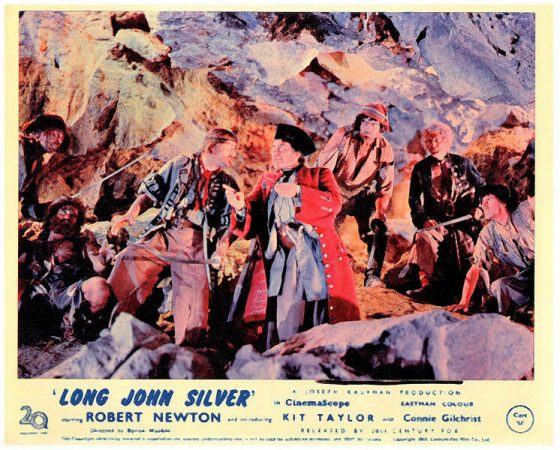
ABOVE – A colourful scene from the film
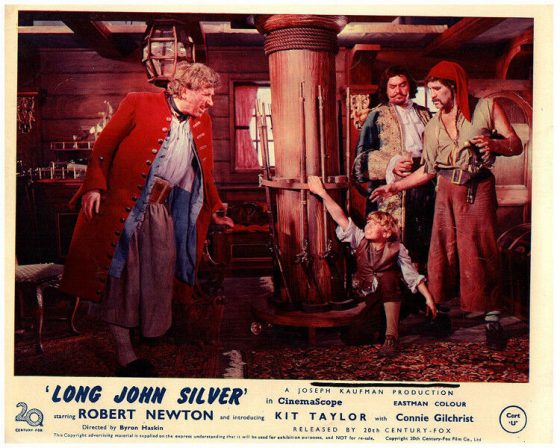
ABOVE – the films sets look good – here we are in the ship’s main cabin
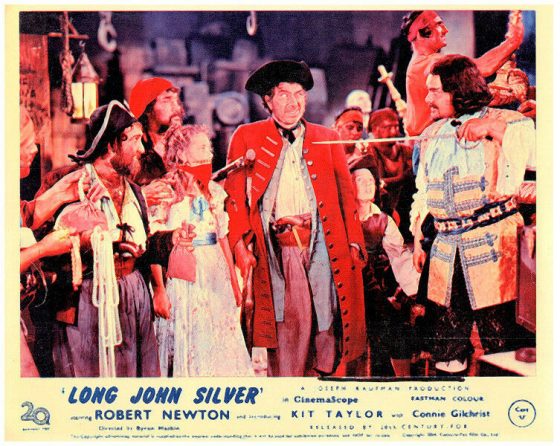
Long John Silver does not seem too perturbed by the sword held at his chest.
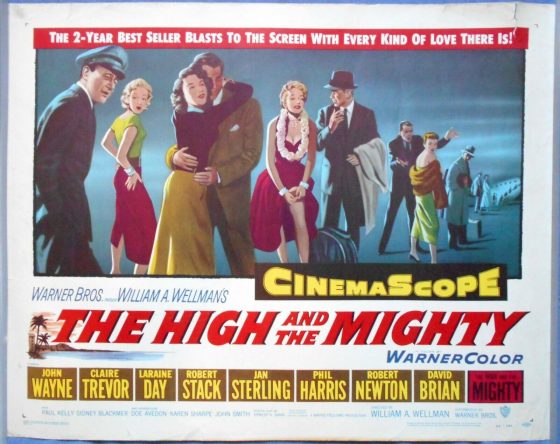
Robert Newton ABOVE and later then this one in ‘The High and The Mighty’
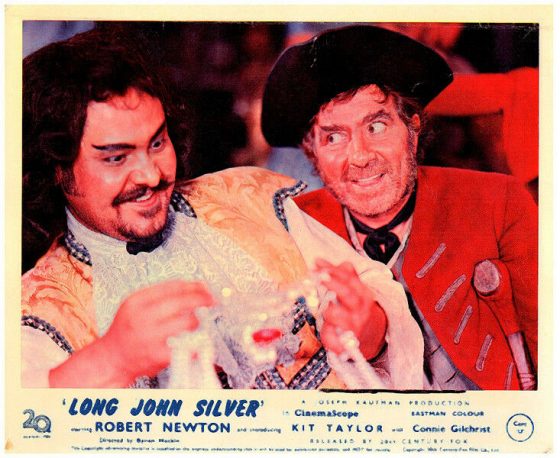
ABOVE – Silver seems to be up to his old tricks by the look on his face
Before this film, in 1952 the studio filming of ‘Kangaroo’ was done at Pagewood Studios – I have featured this film on this site before.
The film starred Maureen O Hara who spent a lot of time in Austriala while doing this film – both in South Australia in the Adelaide Hills and at Pagewood Studios in Sydney
Maureen did not have a very good time making the film and commented afterwards “although I hated every minute of the work I absolutely loved Australia and the people.
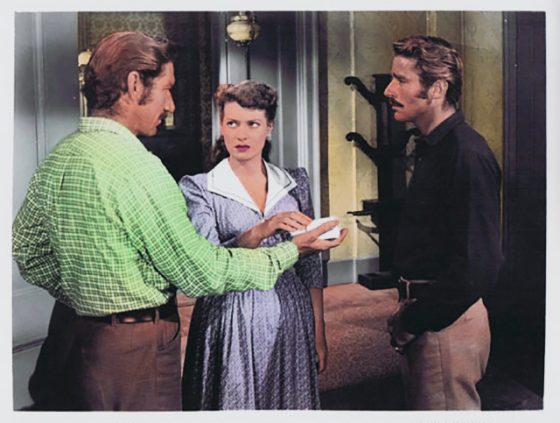
She also said “I cried many nights during the shoot. ” Peter Lawford and Richard Boone were horrible to me even though I had saved both their hides… I still had to fight off a swarm of flies for every mouthful of food.
Here she is ABOVE with her two co-stars who she said, did not treat her very well during the making of the film
